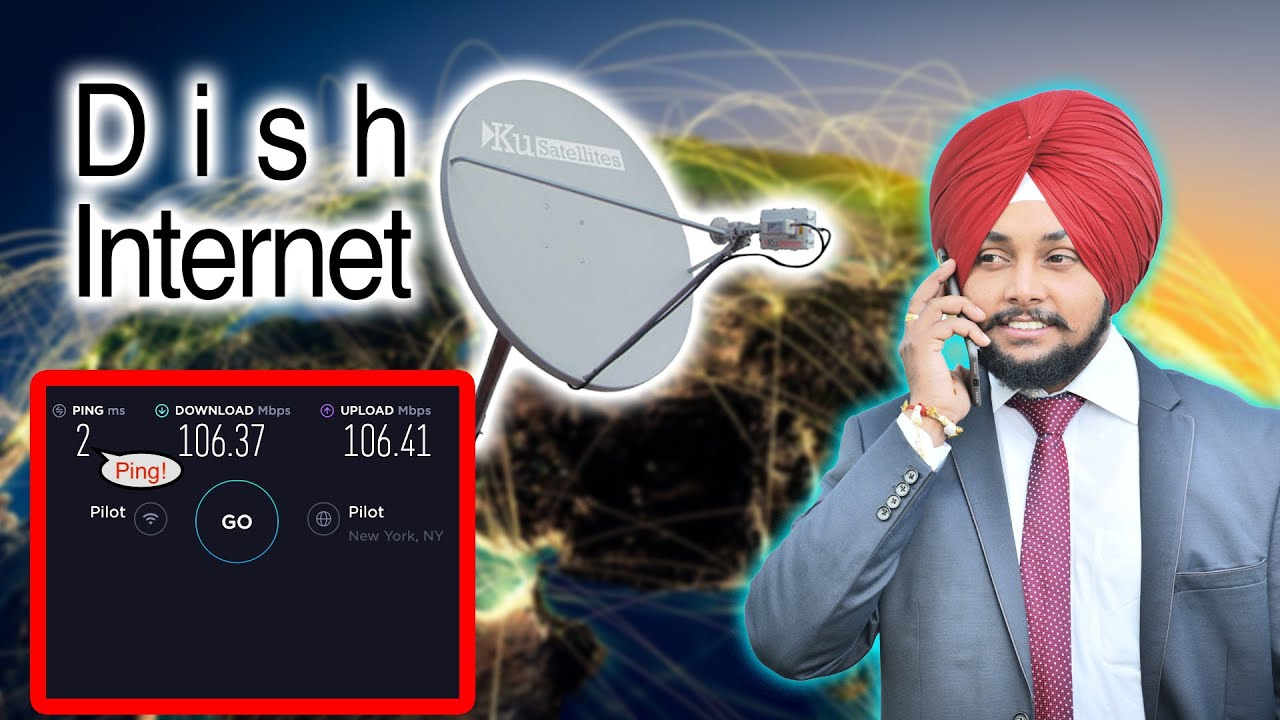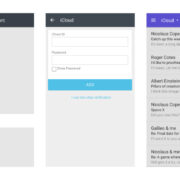Accessing the internet has become essential, much like water and electricity. For those in remote locations, satellite internet offers a lifeline to the digital world. However, the cost of satellite internet can be a barrier. In this guide, we’re going to explore legitimate ways to obtain free satellite internet access. Each method provided is designed to help you connect to the internet through satellites without any technical jargon, using simple, easy-to-follow steps.

Government Assistance Programs
Governments worldwide recognize internet access as a basic necessity. In some regions, there are assistance programs designed to support citizens in getting online for no charge.
Detailed Steps:
- Research Your Local Government Programs: Search for government programs in your area that offer free internet access.
- Eligibility: Check if you meet the criteria set by the program, which often include income level or other specific qualifications.
- Application: Complete the necessary forms, either online or in person. Be sure to have any required documentation on hand.
- Follow-up: After submitting your application, keep track of its status and respond promptly to any additional requests for information.
Summary:
Government programs can be a reliable source for free satellite internet. The primary advantage is that they’re designed to be accessible. However, they might not be available in all areas and could involve a lengthy application process.
Educational Sponsorships
Some educational institutions offer free internet for research or educational development, which can also include satellite internet in areas where traditional connectivity is scarce.
Detailed Steps:
- Contact Educational Institutions: Look into colleges, universities, and other educational organizations to see if they offer internet sponsorships.
- Application Process: Follow the institution’s process, which typically includes a proposal outlining your educational project and needs.
- Compliance: Agree to any terms, which may include institution branding or acknowledgments in your work.
- Set-Up: If approved, the institution will guide you through the setup process.
Summary:
This method is great for students or researchers. While it benefits educational advancement, it’s not suited for general browsing needs and usually requires affiliation with an educational project.
Community Internet Programs
In some areas, communities come together to provide free internet access to their members, including satellite services, especially where other types of internet access are unavailable.
Detailed Steps:
- Find a Community Program: Search for community-driven programs offering free internet in your area.
- Membership: Join the community program, which may require attending meetings or participating in community events.
- Contribution: Some programs may require some form of contribution, be it time or a small fee.
- Access: Gain details on how to access the community’s satellite internet service.
Summary:
Community programs foster local engagement and can provide free satellite internet. The downside could be limited access times or data restrictions.
Public Libraries and Access Points
Many public libraries have satellite internet connections that are available for use free of charge during library hours.
Detailed Steps:
- Locate Your Local Library: Find the nearest library that offers public internet access.
- Library Card: Get a library card, if needed, which is typically free with proof of residency.
- Usage Guidelines: Follow the library’s guidelines, which may include time limits and acceptable use policies.
- Access Internet: Connect to the internet using the library’s computers or your own device.
Summary:
Public libraries provide an excellent venue for free internet, including satellite in remote areas. Limitations include restricted hours and potential wait times for access.
Non-Profit Organizations
Certain non-profit organizations aim to bridge the digital divide by providing free internet services, including satellite internet, to underserved communities.
Detailed Steps:
- Research Non-Profit Initiatives: Look for non-profit groups that offer free internet initiatives.
- Application: Apply for the program, following their specific guidelines and requirements.
- Participation: Some organizations may require you to take part in their community initiatives.
- Internet Access: If accepted, the organization will assist with your satellite internet connection.
Summary:
This approach offers free access while supporting a good cause. However, availability and capacity may be limited.
Satellite Internet Trials
Some satellite internet providers offer limited-time free trials of their service. This provides temporary access but is not a long-term solution.
Detailed Steps:
- Provider Research: Find satellite internet providers that offer free trials.
- Sign-Up: Register for the trial, keeping an eye on the trial period and conditions.
- Installation: Complete any necessary installation steps, which may require assistance from the provider.
- Trial Period: Use the internet within the trial period, being cautious of when the trial ends to avoid charges.
Summary:
Free trials offer a taste of the service without initial cost. However, remember to cancel before the trial period concludes to avoid fees.
Volunteer Service Exchange Programs
Some organizations offer free services, including satellite internet access, in exchange for volunteer work.
Detailed Steps:
- Find Exchange Programs: Search for programs that exchange internet access for volunteer services.
- Agreement: Understand and agree to the volunteer terms.
- Complete Volunteer Work: Engage in the volunteer work according to the agreement.
- Access Granted: Upon fulfilling your service, gain access to the internet service provided.
Summary:
This is a mutually beneficial approach where you can give back to your community while accessing free internet. Commitment levels and the nature of volunteer work can vary.
Referral Programs
Referring friends or family to certain internet providers can sometimes yield rewards, including complimentary internet service credits.
Detailed Steps:
- Identify Referral Programs: Locate providers that offer referral incentives.
- Refer Others: Share your referral code with friends and acquaintances.
- Earn Rewards: Accumulate referral rewards, which may include free internet time.
- Redeem Rewards: Use your earned credits to access satellite internet.
Summary:
Referral programs can offer substantial benefits but require active participation and a large network to be truly effective.
Disaster Relief Programs
During times of natural disasters, some organizations provide temporary free satellite internet access to affected individuals.
Detailed Steps:
- Identify Disaster Relief Services: Find organizations that offer disaster-related internet access.
- Register as Affected: If applicable, register with the service, proving your situation.
- Setup and Access: Follow the organization’s instructions for accessing their internet service.
- Utilize Service: Use the provided internet access for staying connected during the disaster recovery period.
Summary:
Disaster relief access is invaluable in emergencies, but it’s temporary and predicated on being in a disaster zone.
Free Wi-Fi Hotspots
Many public places offer free Wi-Fi, which, in remote areas, is sometimes provided via satellite.
Detailed Steps:
- Locate Hotspots: Seek out public locations such as cafés, parks, or public squares offering free Wi-Fi.
- Connect: Follow the place’s instructions or terms to connect your device to their Wi-Fi network.
- Use Internet: Access the free internet service while you are within the hotspot coverage area.
Summary:
Wi-Fi hotspots are convenient for casual use but can be less secure and offer variable connection quality.
It should be noted that getting satellite internet access completely free, without any sort of exchange or condition, can be extremely challenging due to the operational costs involved in providing the service. However, combining different approaches outlined in this guide, you can significantly reduce or even eliminate your satellite internet costs in some circumstances.
Be aware that any form of internet access comes with a responsibility to protect your data and be aware of the terms of service. Free internet service could come with privacy considerations or service limitations that you should understand before use.
Conclusion
While truly free satellite internet access with no strings attached is rare due to the costs associated with satellite technology, there are several programs and tips one can explore to reduce or eliminate those costs. From government and community programs to educational sponsorships and temporary free trials, opportunities exist for those willing to put in the research and effort. It’s important to weigh the pros and cons of each option and choose the one that aligns best with your circumstances and needs.
FAQs
-
Is it possible to get satellite internet access for free permanently?
While permanent, completely free satellite internet access is not typically available due to the high cost of satellite technology and operation, some programs offer long-term subsidies or support that can make access free or highly affordable. -
Are there any security risks associated with using free satellite internet services?
As with any internet service, using free satellite internet can expose you to security risks, particularly on unsecured public networks. It’s important to use security best practices, such as using VPNs and ensuring secure, encrypted connections. -
What are the data limits for free satellite internet access?
Data limits vary depending on the program or service providing free access. Some might offer unlimited access, while others might set daily or monthly data caps. It’s important to check the terms of the program or service you’re using to understand any limitations.









